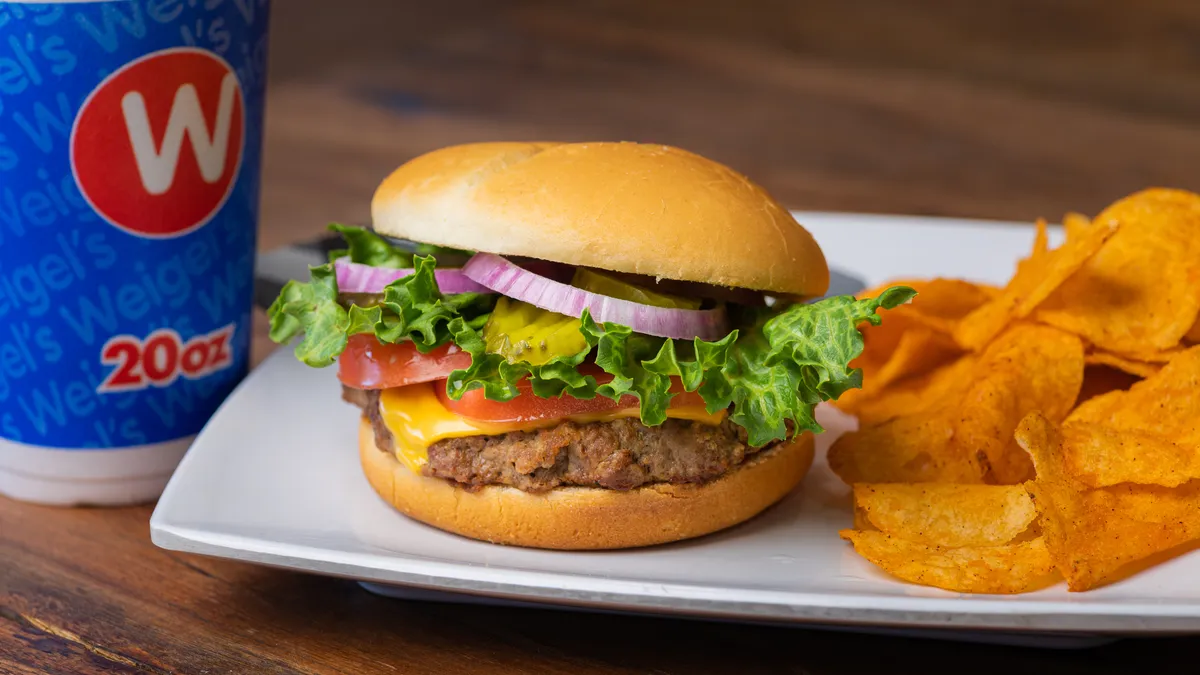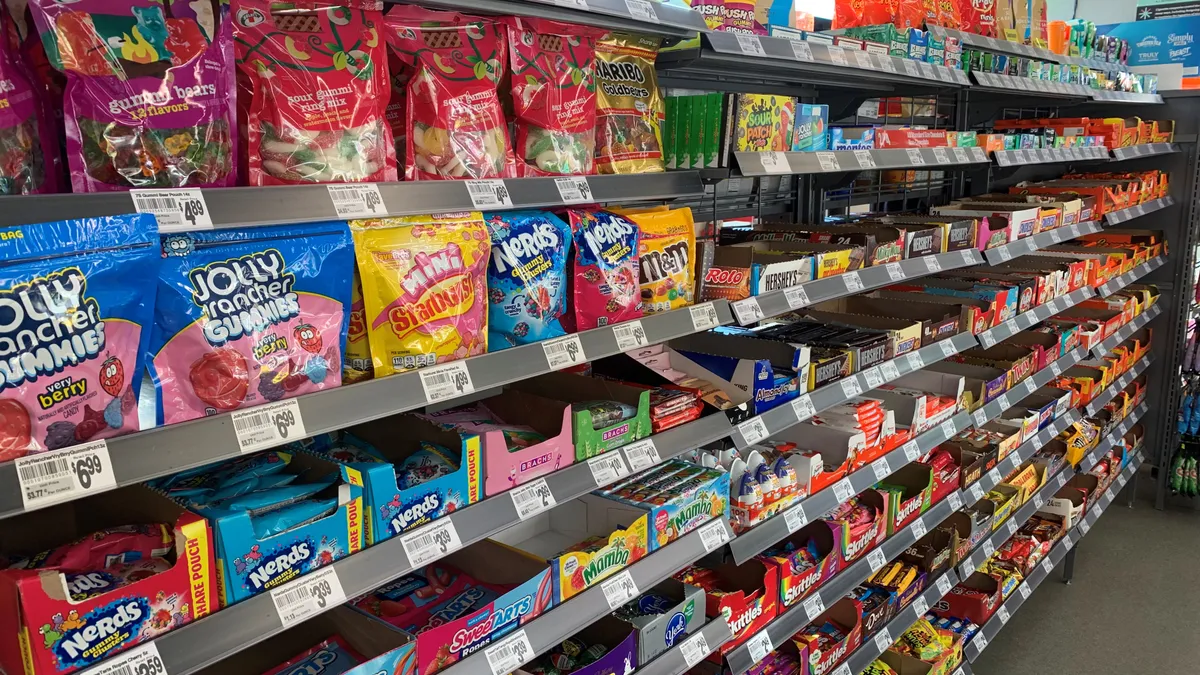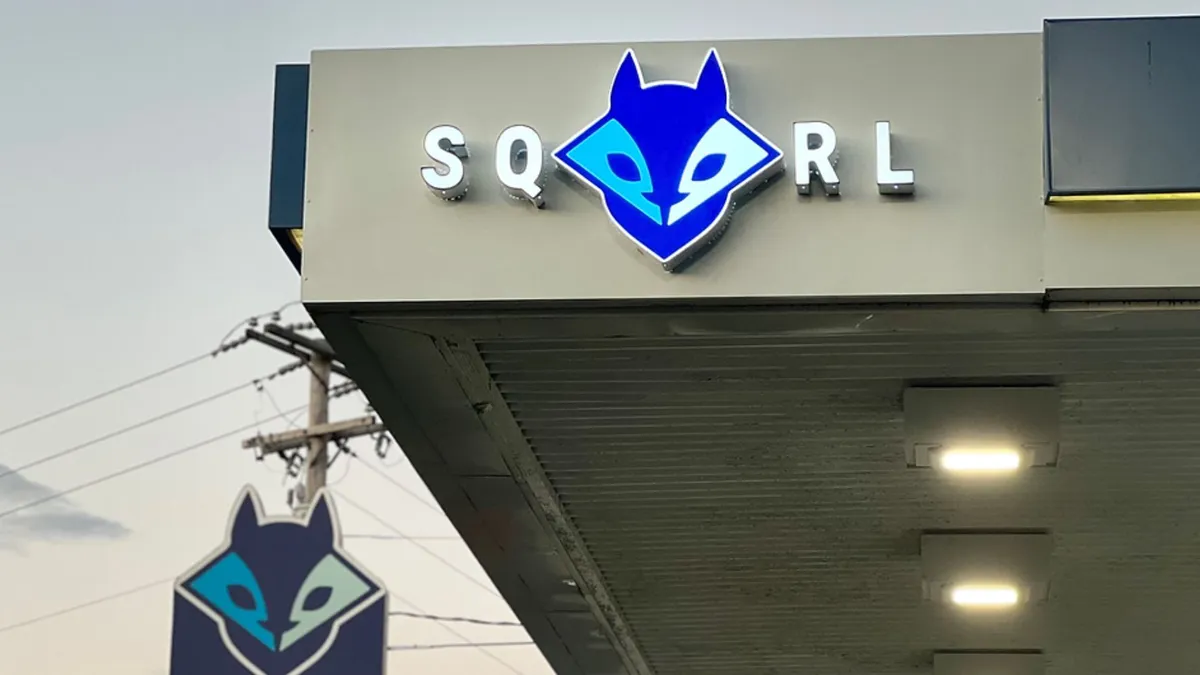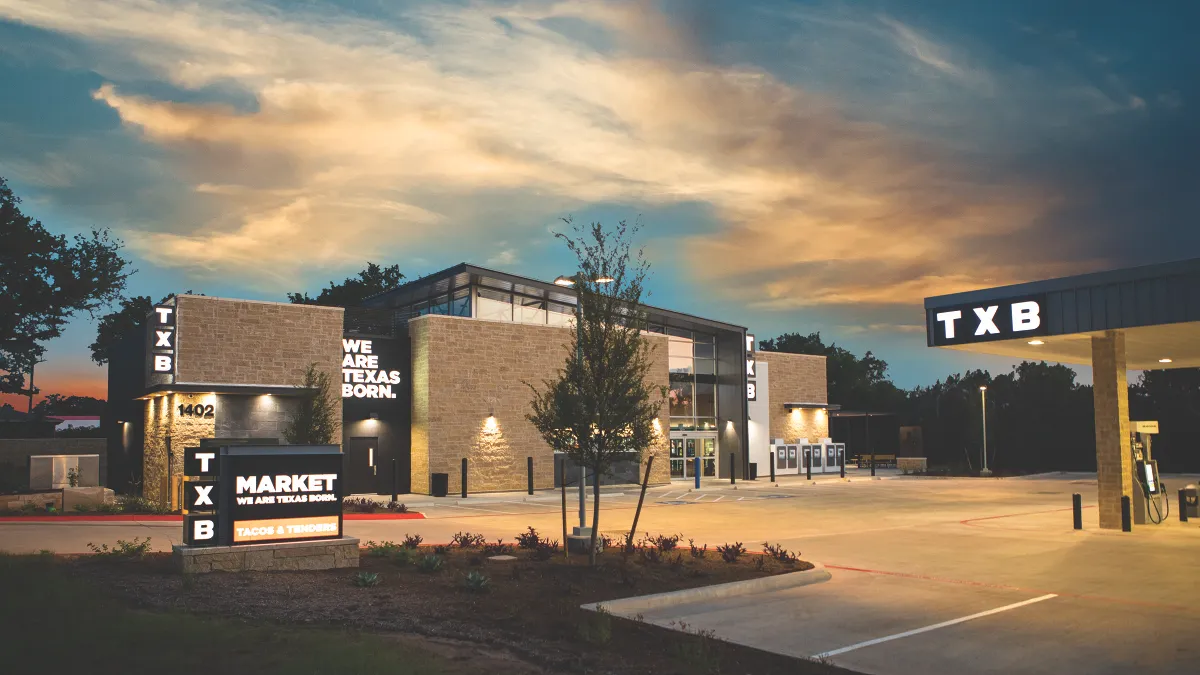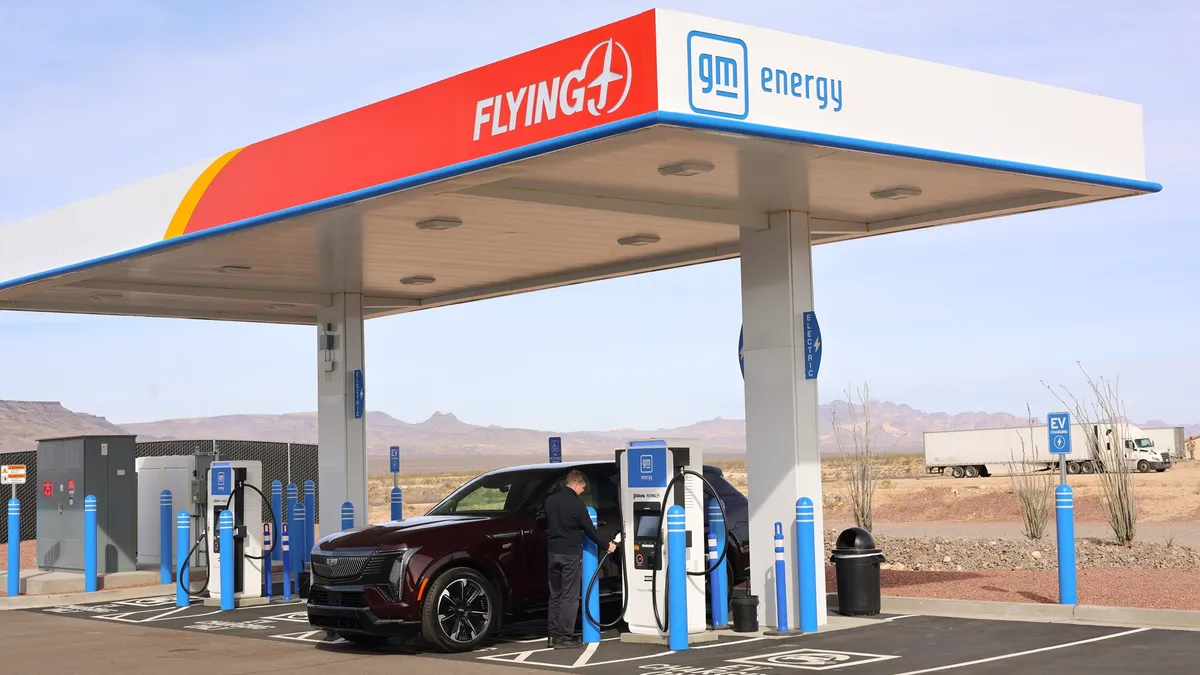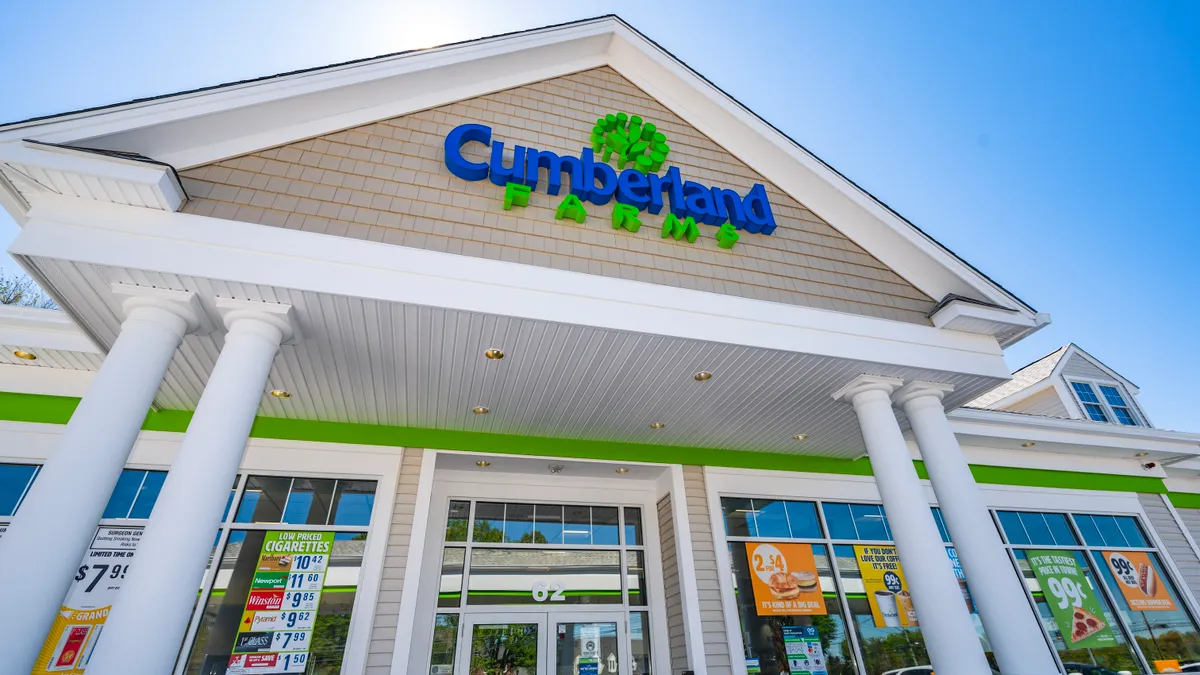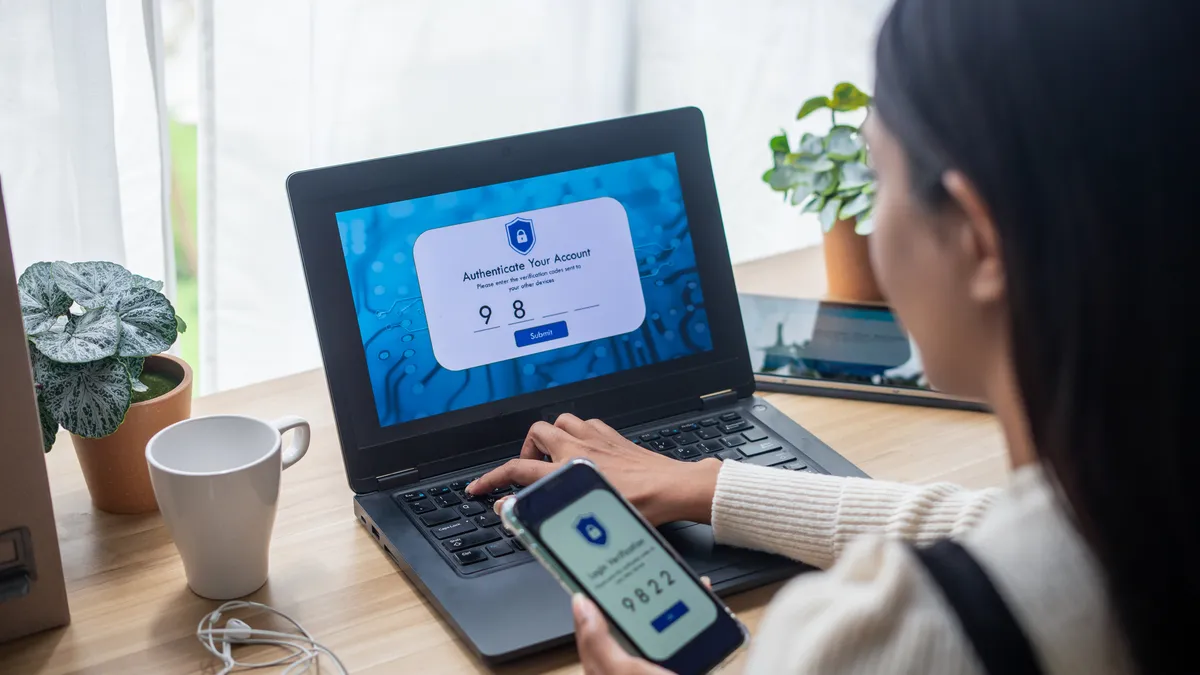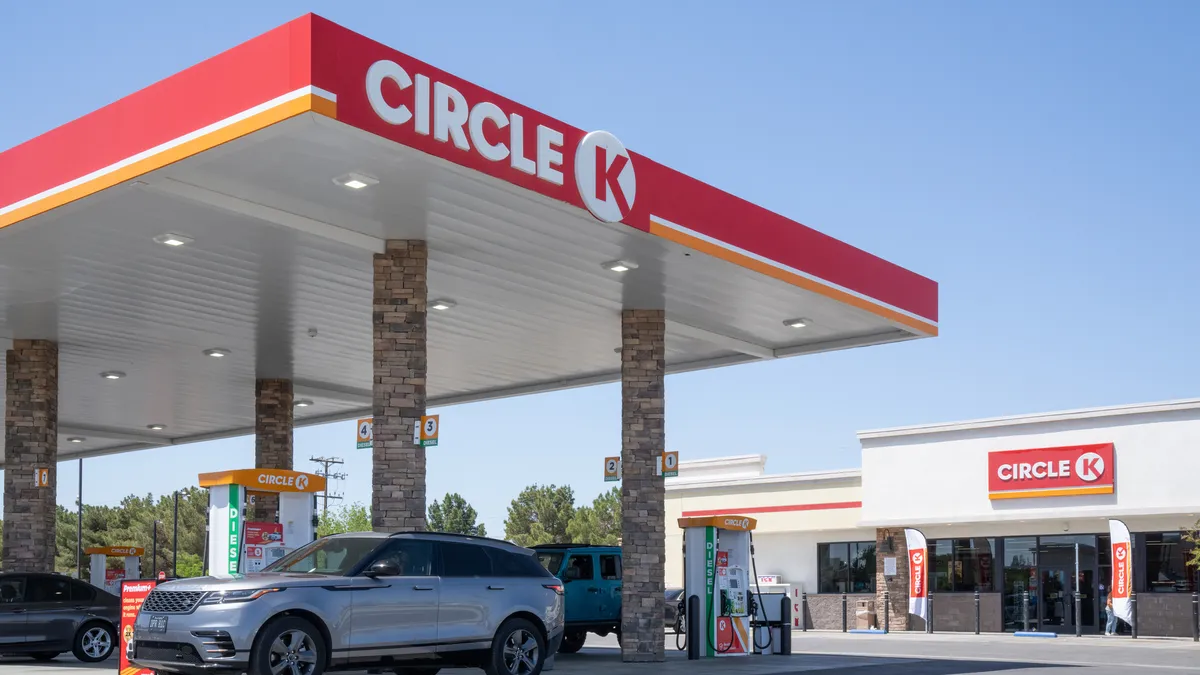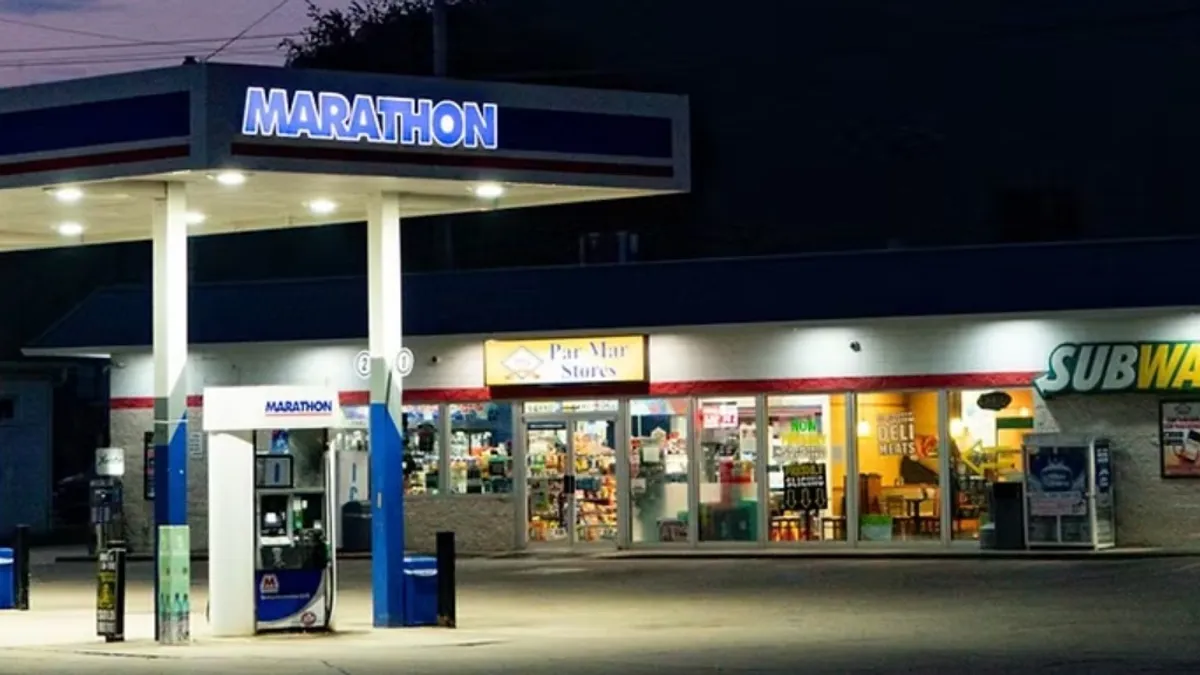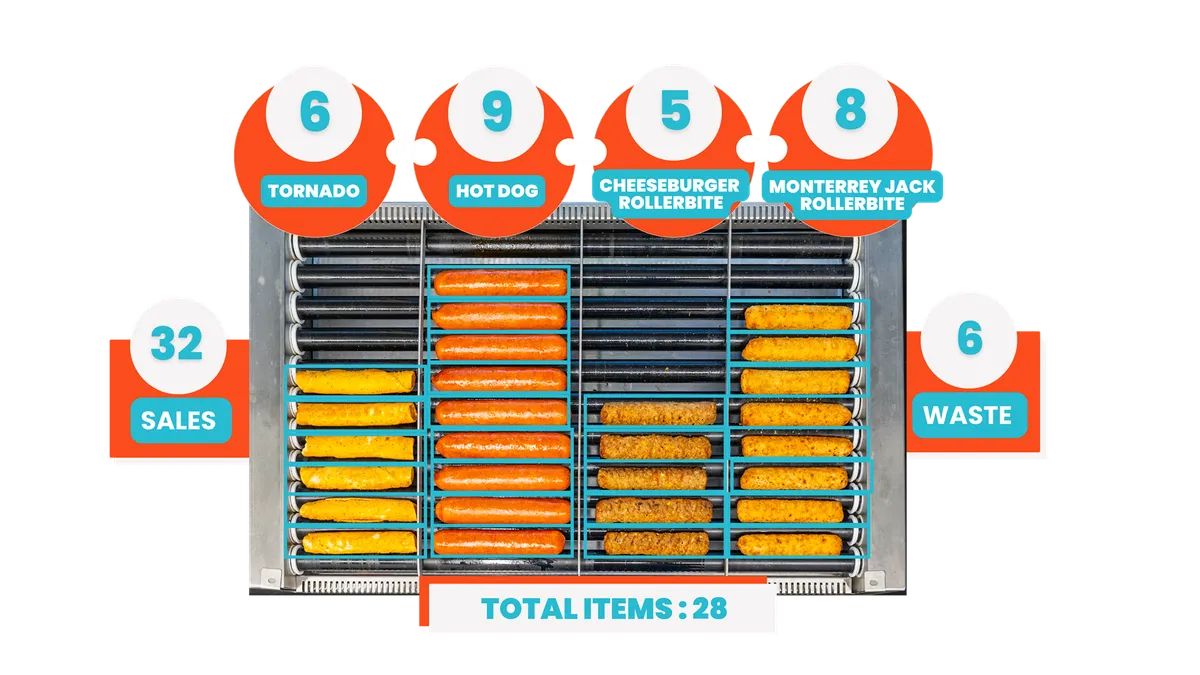As customer tastes and expectations evolve, today's convenience stores need to adopt new technology to keep up. This is especially true in foodservice, an area of the store that reaps high margins and increases trip frequency.
Consumers are accustomed to digital integration, whether they're ordering food at the corner c-store or dealing with their bank.
"If you don't offer technology solutions, you will be left behind," said Art Sebastian, founder and CEO of Nexchapter, a contemporary growth advisory firm in Des Moines, Iowa, and former vice president of omnichannel marketing for Casey's General Stores
At Casey's, Sebastian and his team enhanced both the mobile ordering app experience and the company's first digitally led loyalty program, which led to a "significant increase in store traffic and foodservice sales," he said, adding, "It makes a difference when you put your customers at the center of your decisions and deliver seamless experiences."
Make mobile ordering easy
Casey's launched a new mobile ordering platform in 2019. Once that was established, Sebastian said the company grew the e-commerce business on the same platform. The key is to have "a full-scale assortment of products," he said, including offering grocery, tobacco and alcohol products.
To build and operate a successful mobile ordering business, Sebastian said, c-stores need their own website and a native mobile app. They also need to have their loyalty program integrated to capture all customer data.
"If you don't offer technology solutions, you will be left behind."

Art Sebastian
Founder and CEO of Nexchapter
And the user experience is key. It has to be easy for users to order food as soon as they open the mobile app.
In fact, the more reasons retailers can give customers to use their mobile app, the better, Sebastian said. Adding coupons and games, photos that showcase the food, and tying in the loyalty program are all bonuses.
Once a retailer has launched a mobile ordering platform it's also essential to advertise and market it, he added. "The c-store industry has not yet taken advantage of that."
The final step in perfecting a mobile ordering platform is making sure all orders placed through it are fulfilled perfectly, he said. Food needs to be delivered on time and correctly "or you won't get repeat business," he noted.
Six months ago, Tennessee-based Weigel's launched its mobile app with Vroom, a Miami-based company that helps c-stores build out their delivery programs. Most orders are for delivery, though pickup is an option, and these sales are new sales, points out Ryan Blevins, director of food and beverage innovation. The most popular order is whole pizzas "but what separates us is you can also get a six-pack of beer and your cigarettes." Customers can add anything from the store except lottery tickets, he explains.
Kiosks coming into their own
Kiosks have not caught on in convenience stores the way they have in quick-serve restaurants — but that may change soon.
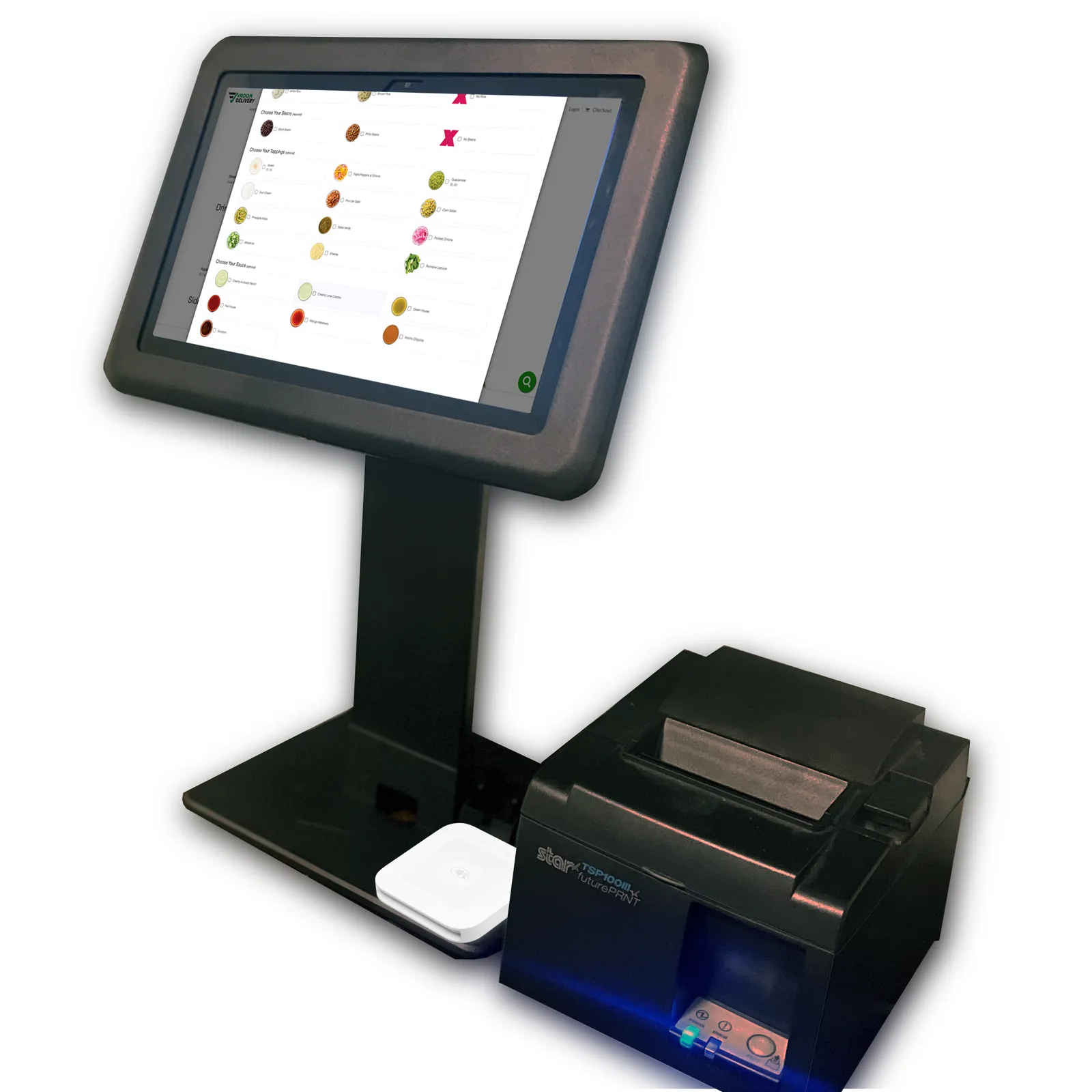
Vroom is testing kiosks with several retailers, in an extension of the company’s mobile ordering technology, said CEO and Founder John Nelson.
Kiosks make sense for stores with high volumes and a robust made-to-order foodservice offering, he said. Stores can have one or more kiosks to help speed up the process for customers and free up employees to make food instead of taking orders.
Mostly the kiosks are a tool to move customers through stores faster, Nelson said, but for companies just starting out with foodservice, "it can be that shiny new digital things get people to come in and order a sandwich."
Kiosks, said Gary Hawkins, CEO of the Denver-based Center for Advancing Retail & Technology, are "a complement to having the order-ahead capability in the mobile app." Put simply, it's just another option for customers, he pointed out.
Kiosks also make ordering technology available to less frequent customers who have not downloaded the app, potentially adding more impulse foodservice sales.
These kiosks should have the retailer's loyalty program tied into any sales, he added.
Weigel's has kiosks in many stores, and typically includes one or two screens per location. Most foods available through the kiosk are also available from the grab-and-go cooler, but ordering through the kiosk allows shoppers to customize their orders and have them made fresh, Blevins said.
There are also some unique items that are only available in made-to-order form, including its small, fried Bites, in guacamole, mango habanero and sausage gravy flavors, "which separate us and are things you wouldn't find in a mainstream store," said Blevins. These take around three minutes to cook.
Also unique to the kiosk for Weigel’s are large orders of hand-rolled chicken tenders. Three tenders are available from the grab-and-go case, but orders of six, 10 or 20 are made to order.
The large orders are popular with families, Blevins added.
Digital menu boards and back of house screens
Around 50% of Weigel's stores have digital menu boards. These displays really help sell the food, said Blevins, adding, "it gives us a chance to showcase the quality of the food you can expect from us."
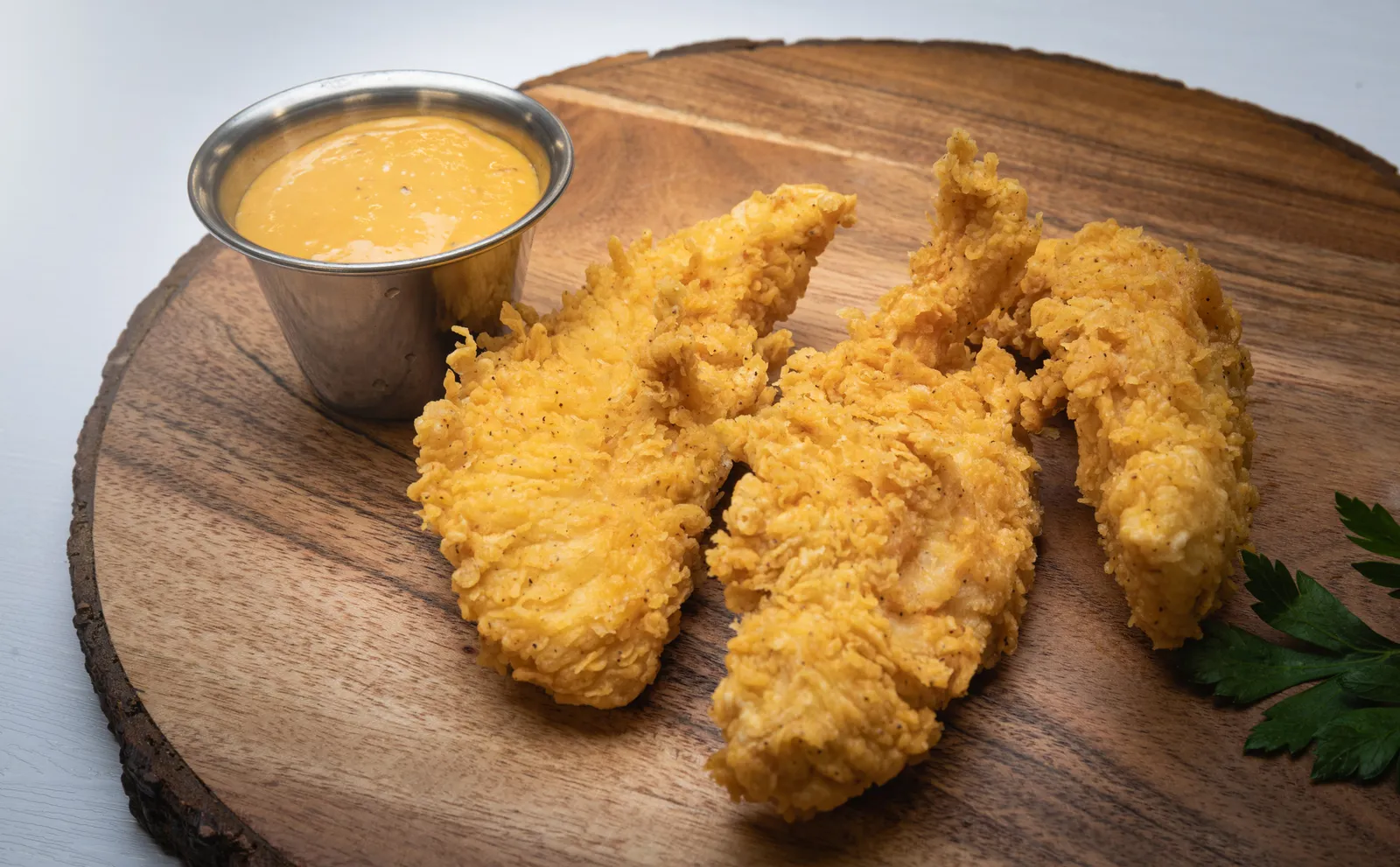
The four-board design has one static board that shows the menu and three that showcase rotating images of LTOs and new products — some from the supplier, and others being high-quality photos the company created.
"The pictures help sell [the food] 100%," said Blevins. "We can style the food and make it look branded."
Convenience stores can also offer videos to show how to make the different products on their menu, for back-of-house employees to follow.
But an area that's poised to "explode" is augmented reality, said Hawkins. He expects to see this on the market in less than two years. Augmented reality could come in the form of a pair of glasses that an employee wears to keep important information always visible. One lens might show a customer's order, while the other lens could show a video of how to make the foodservice dish, for instance.
This technology could also be used to guide store associates to exactly where to find items on an e-commerce order throughout the store.
The possibilities of augmented reality extend to c-store customers, too. As the shopper enters the store, AR tech could point out out-of-stock or on-sale items, personalized offers or even the next item on the person's shopping list.
Capitalizing on artificial intelligence
When Sebastian worked at Casey's, millions of customers called the stores to order pizza, he said. The problem was, the stores couldn't answer all of the calls.
Late in 2022, the company piloted a new AI-driven voice assistant to handle the load. The test run went so well that in September, the company expanded that technology to the entire footprint. The system, developed by food and beverage technology company SYNQ3 Restaurant Solutions, connects to Casey’s point-of-sale system and loyalty platform automatically.
Now artificial intelligence can answer every single phone call, offering a pleasant experience to the customer and upselling many of those with just a few suggestions. Once Casey's implemented this, Sebastian said, "the sales increases were legit."
Used correctly, A.I. can also be used, he said, to accurately forecast foodservice sales, so employees make the right amount of food with the least amount thrown away.
In a column published last year, Brooke Hodierne, executive vice president of strategy consulting for Insite AI, noted that, “several practical uses of AI and predictive analytics can benefit CPGs and c-stores, such as enhancing in-store space planning and allocating trade dollars.”


